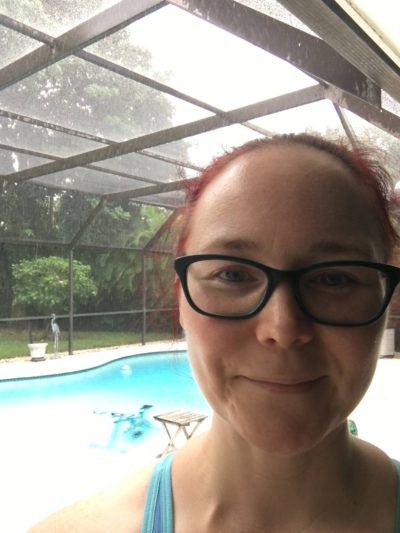The MastAttack 107: The Layperson’s Guide to Understanding Mast Cell Diseases, Part 55
69. What routine monitoring should mast cell patients receive?
There are not yet routine testing recommendations for MCAS patients, but there are some for mastocytosis patients. Many doctors use the mastocytosis recommendations to monitor their MCAS patients in the absence of specific MCAS guidelines.
Mastocytosis patients should monitor tryptase level annually. In mastocytosis patients, tryptase level is often a good marker for how many mast cells are in the body (although this is not always true.) If a patient’s tryptase is increasing over time, the provider will need to check other things to see if their disease is moving to a more serious disease category.
DEXA scans measure bone density. Osteoporosis is a common complication of systemic mastocytosis. Patients should receive regular osteoporosis screening, even if they are young.
Mastocytosis patients usually receive routine bloodwork annually that includes a complete blood count (CBC), which counts the amount of blood cells a person has; and a metabolic panel, which looks at how well the liver and kidneys are working.
Repeat biopsies are usually only done if the result will change treatment in some way. Most patients with systemic mastocytosis are diagnosed based upon bone marrow biopsies. These don’t usually need to be repeated unless tryptase level increases sharply or there are unusual results in routine blood count testing. Increasing tryptase can indicate that the body is making more mast cells much faster, which is sometimes linked to a more serious disease category. Unusual blood cell counts can indicate not just too many abnormal mast cells, but also other bone marrow conditions sometimes seen in mast cell patients, like myelofibrosis and essential thrombocythemia.
Patients with cutaneous mastocytosis are diagnosed by skin biopsy. There is not usually a need to repeat a skin biopsy for patients with CM.
Patients with systemic mastocytosis are usually diagnosed by bone marrow biopsy but can also be diagnosed as a result of a positive biopsy in any organ that is not the skin. A person can be diagnosed with SM via a GI biopsy.
GI biopsies are a little different than bone marrow biopsies in that there are sometimes reasons to repeat them. GI biopsies may be repeated to see if the general inflammation in the GI tract is improved or worsened. The provider may also be interested in whether or not the amount of mast cells in the GI tract has decreased. The result of GI biopsies often change treatment options so it is not unusual to repeat them. However, unlike bone marrow biopsies, repeated GI biopsies do not tell the provider if the mastocytosis is moving toward a more serious disease category or not.
MCAS patients are diagnosed based upon positive tests for molecules that indicate mast cells are overly active, like n-methylhistamine, and D2- or 9a,11b-F2 prostaglandins. Once the patient is diagnosed, there’s not a clear rationale for repeating these tests, although some providers do for their own information. Some providers like to check prostaglandin levels to see if treatment to stop mast cells from making prostaglandins (like use of aspirin or other NSAIDs) is helping.
However, it is important to understand that the level of mast cell mediators is not associated with symptoms. A person who has a normal level of 9a,11b-F2 prostaglandin may have the same symptoms as a person above the normal level, who may have the same symptoms as a person who has three times the normal level. For this reason, many providers consider these mediator tests to be less about the numerical value of the test and more about whether it’s normal or high, period.
For more detailed reading, please visit the following post:
The MastAttack 107: The Layperson’s Guide to Understanding Mast Cell Diseases, Part 5
The MastAttack 107: The Layperson’s Guide to Understanding Mast Cell Diseases, Part 6
The MastAttack 107: The Layperson’s Guide to Understanding Mast Cell Diseases, Part 7
The MastAttack 107: The Layperson’s Guide to Understanding Mast Cell Diseases, Part 8
The Provider Primer Series: Diagnostic criteria of systemic mastocytosis and all sub variants
The Provider Primer Series: Diagnosis and natural history of systemic mastocytosis (ISM, SSM, ASM)
The Provider Primer Series: Mediator testing
The Provider Primer Series: Mast cell activation syndrome (MCAS)

